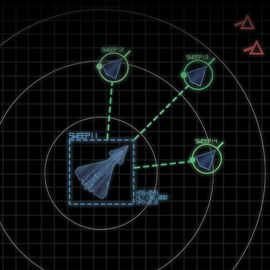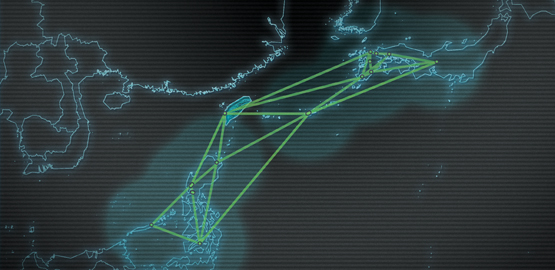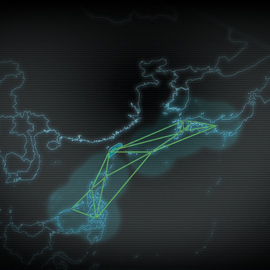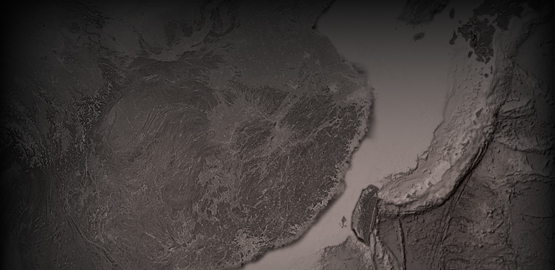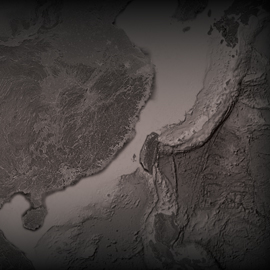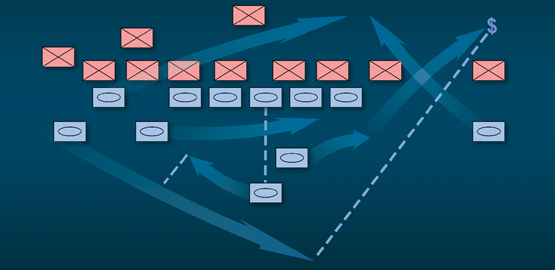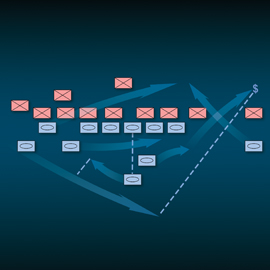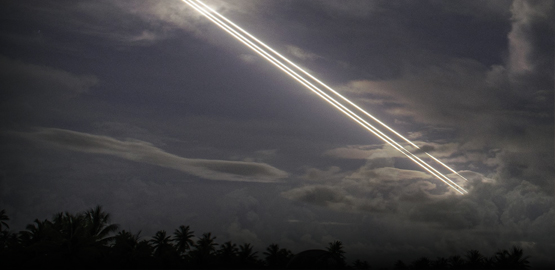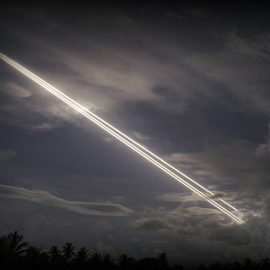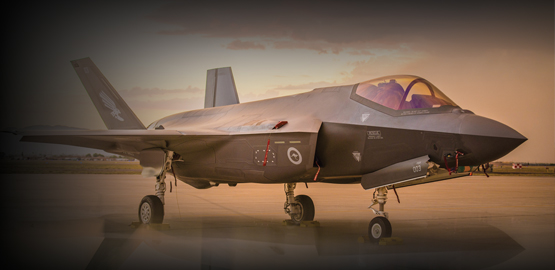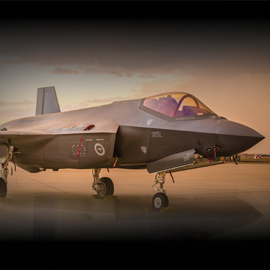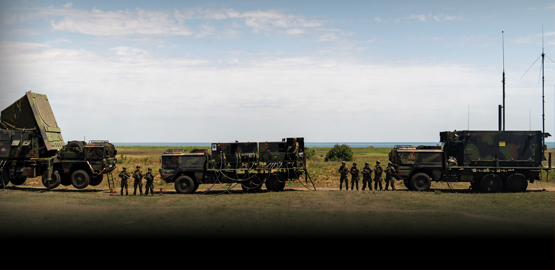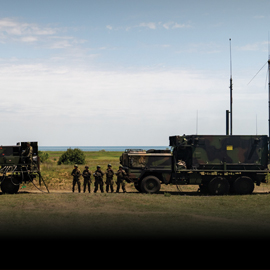For almost three decades, CSBA has been a reliable source of independent, path-breaking research focused on the future of defense.


The heart of CSBA is our staff of uniquely qualified defense experts who conduct in-depth strategic and budgetary analyses.
Latest Publications
Testimony Before Select Committee of the U.S. House of Representatives on The Chinese Communist Party
On June 25, 2025, CSBA President and CEO, Dr. Thomas Mahnken, testified before the Select Committee of the U.S. House of Representatives to discuss the ongoing competition between the United States and the People's Republic of China in the field of artificial intelligence.
Arsenal of Democracy: Myth or Model? Lessons for 21st-Century Industrial Mobilization Planning
A protracted war between the United States and China would create immense demands for munitions, requiring production to be grown far beyond surge capacity. These demands have led to calls for the United States to mobilize its defense industry and rapidly expand munitions production, with policymakers and commentators hearkening back to the nation’s role as the “Arsenal of Democracy” in World War II. What would industrial mobilization look like in the 21st century, and how can the Department of Defense prepare for expanded production requirements?
No Dominant Strategy for Air Dominance: Collaborative Combat Aircraft Employment, Basing, and Sortie Generation in a Taiwan Scenario
In 2023, the Air Force unveiled plans to acquire a fleet of autonomous unmanned collaborative combat aircraft (CCA) that would fly under the custody of manned aircraft pilots as loyal wingmen. The Air Force has stressed the CCA’s broad usefulness across diverse missions, including forward sensing, air-to-air attack, and electronic warfare. Despite this emphasis, the fact remains that tradeoffs must be made for any aircraft to excel at a given mission. The CCA is no exception.
Ready Player None? An End-To-End Assessment of the Air Force Collaborative Combat Aircraft Program
In 2023, the Air Force unveiled plans to acquire a fleet of autonomous unmanned collaborative combat aircraft (CCA) that would fly under the custody of manned aircraft pilots as loyal wingmen and perform forward sensing, air-to-air attack, and electronic warfare. Moving the CCA from promise to reality will require difficult work stretching far into the future. To succeed, the Air Force must start with an honest accounting of what is required and where things stand.
To Preserve Extended Nuclear Deterrence in Europe an American Should be SACEUR
Recent press reports suggest that Pentagon leaders are considering a dramatic organizational change: relinquishing the traditional U.S. role of providing NATO with its Supreme Allied Commander (SACEUR). This would be deeply unwise and potentially dangerous for the United States, as well as for our European allies. Since December 1950, when General Dwight D. Eisenhower became the first Supreme Allied Commander of the newly created North Atlantic Alliance, the position has been filled by an American. This is not spelled out in any formal document. Rather, it is a norm that has been honored by the Alliance for almost 80 years because the United States is the alliance’s strongest member. It also serves as an important sign of Washington’s commitment to European defense. And it underpins the forward deployment of U.S. nuclear weapons on the territory of select European NATO members, which remains central to extended deterrence.
Peaceful Resolution: Reframing U.S. Defense Strategy Toward Taiwan
America’s strategic approach to Taiwan is ripe for reevaluation. Although Washington’s sensitivity to Taipei’s security dilemma has increased markedly in recent years, U.S. policy toward Taiwan remains bound by a series of outdated historical understandings. As a result, American policymakers have focused narrowly on arms sales to the island, rather than developing and articulating a new vision for United States-Taiwan security cooperation.

